Pruning roses is essential for maintaining their health, shape, and encouraging new growth and blooms. Here are five easy steps for rose pruning:




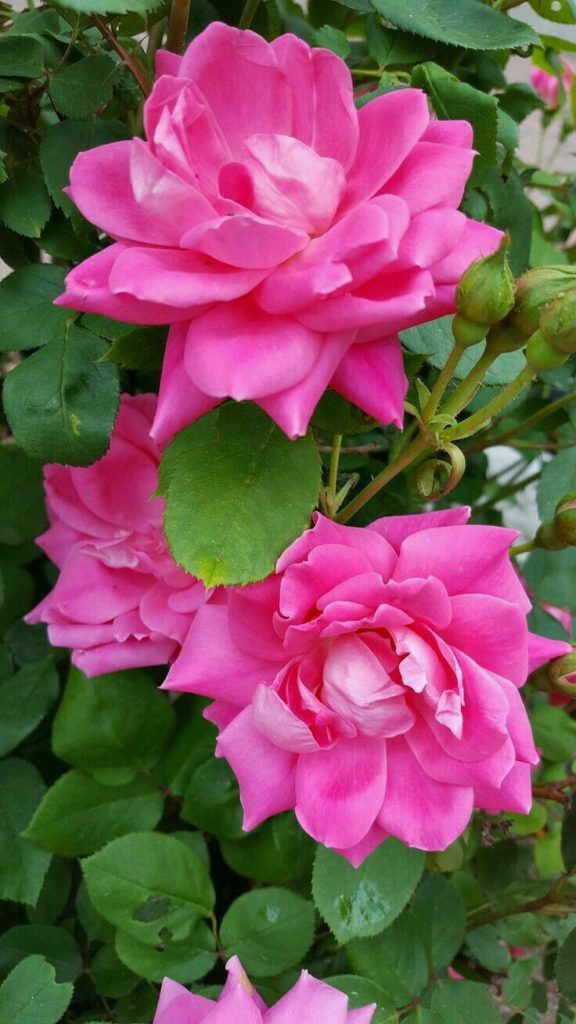
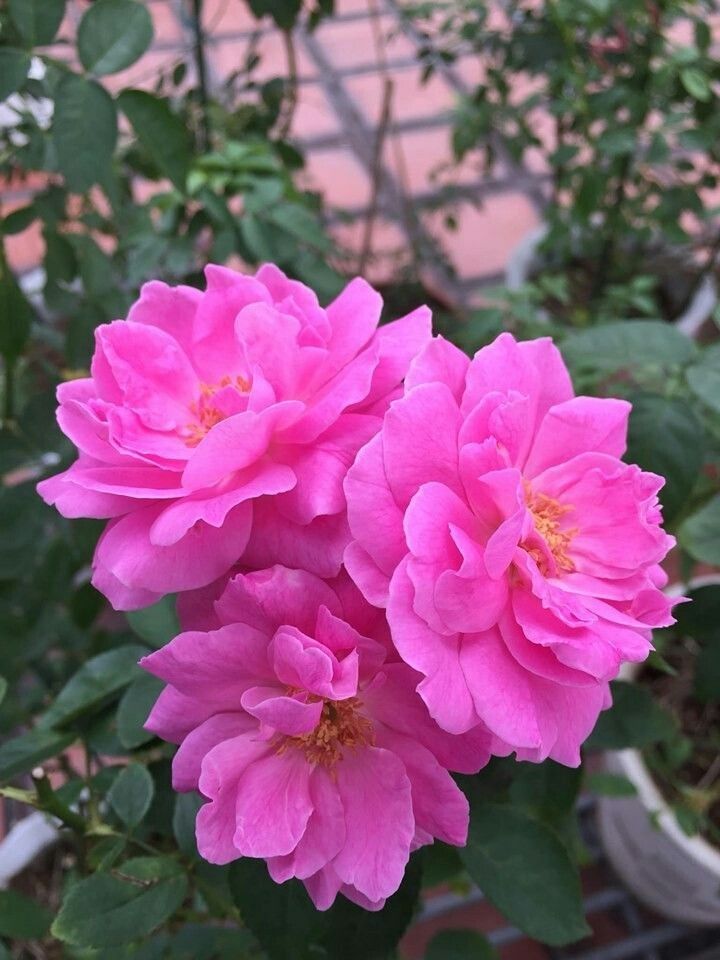
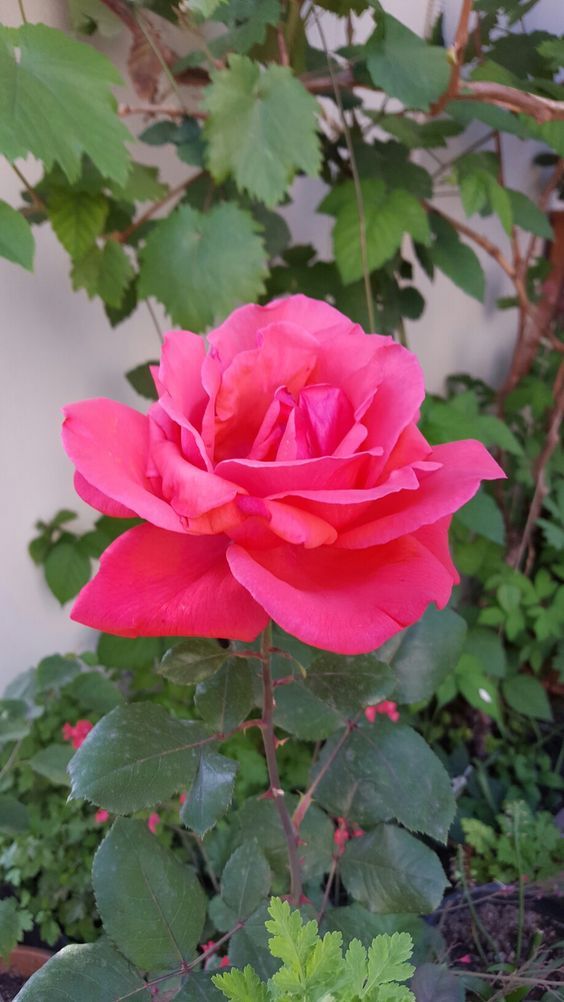
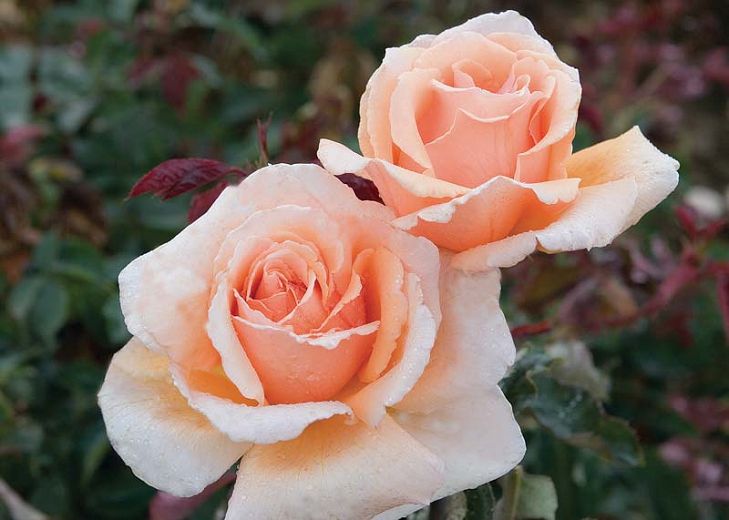
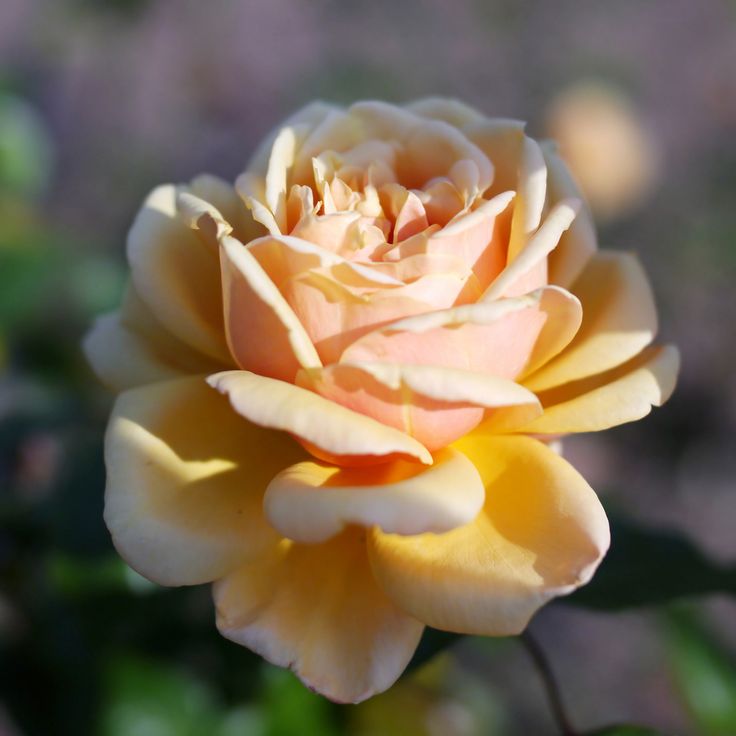


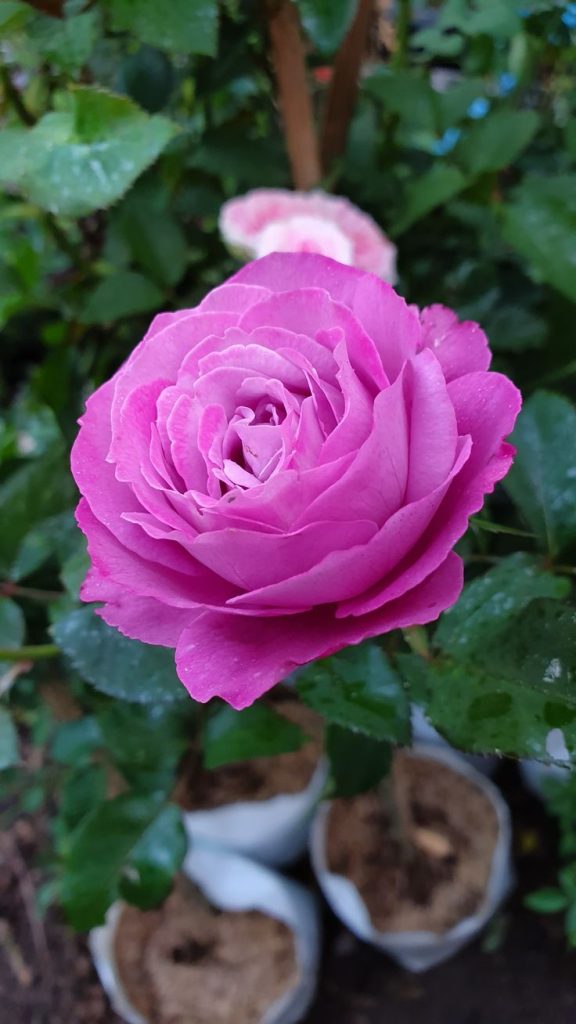
1. Timing:
- Prune roses during the dormant season, typically in late winter or early spring before new growth starts. In colder climates, wait until the last frost has passed. This timing promotes vigorous growth and abundant blooms.
2. Tools and Safety:
- Use sharp and clean pruning shears or secateurs. Make sure the blades are sharp to create clean cuts, reducing the risk of disease. Wear gloves to protect your hands from thorns.
3. Remove Dead or Diseased Wood:
- Identify and remove any dead, diseased, or damaged wood. Cut back to healthy, green wood, making clean cuts at a 45-degree angle just above an outward-facing bud. This step helps improve airflow and reduces the risk of diseases.
4. Shape and Size:
- Prune for shape and size, removing any overly tall or crossing canes. Aim for an open center to allow sunlight and air circulation. Cut back canes to an outward-facing bud, encouraging growth in the desired direction.
5. Reduce Overcrowding:
- Thin out the center of the rose bush to reduce overcrowding. Remove weaker, thinner canes and any that grow towards the center of the bush. This promotes a healthier plant by allowing light and air to reach all parts of the rose.
Additional Tips:
- Hybrid Teas and Grandifloras: Prune hard to encourage strong new growth. Cut back to about 1/3 to 1/2 of the plant’s height.
- Shrub Roses: Prune lightly to maintain their natural shape. Remove dead wood and shape as needed.
- Climbing Roses: Prune after the first flush of blooms in early summer. Remove any dead or weak wood and shape the plant to encourage lateral growth.
Remember, pruning requirements may vary based on the type of rose you have, so it’s essential to know the specific needs of your rose variety. Following these steps will help you maintain healthy, well-shaped roses that produce abundant blooms.